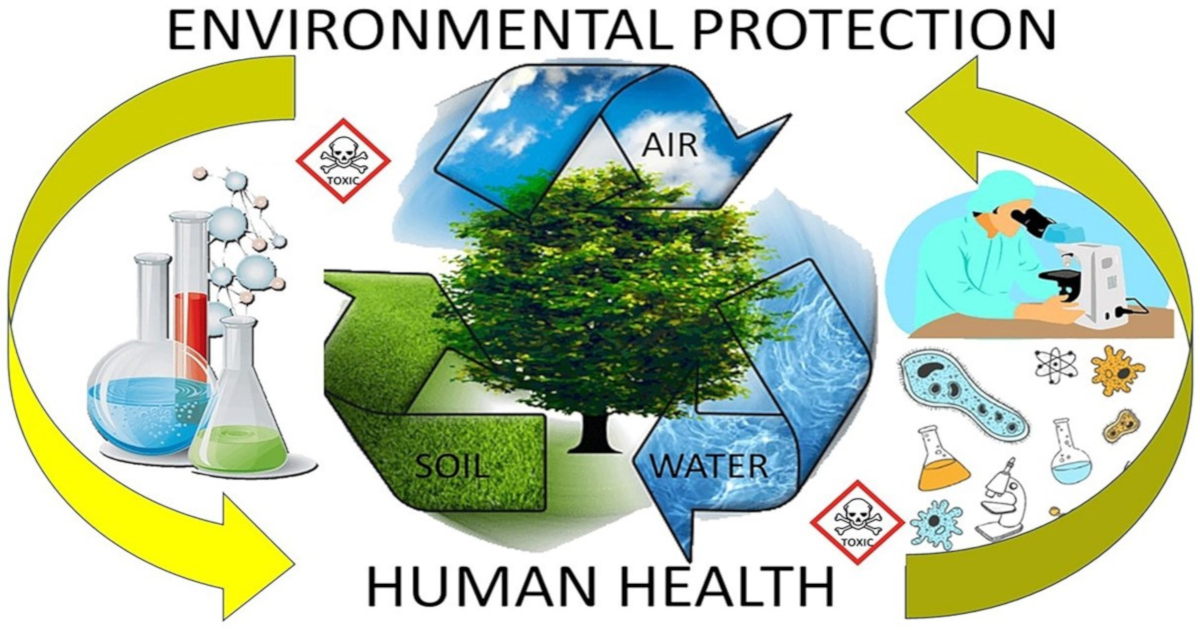Techniques and Methods for Toxic Agent Analysis and Removal
A special issue of Toxics (ISSN 2305-6304). This special issue belongs to the section "Toxicity Reduction and Environmental Remediation".
Deadline for manuscript submissions: closed (13 December 2024) | Viewed by 7226

Special Issue Editors
Interests: chemical engineering; pollution; rare earth; heavy metals; metal recovery; applied chemistry; chemical analyses; materials; adsorption; drinking water quality; waste water expertise
Special Issues, Collections and Topics in MDPI journals
Interests: civil engineering; water treatment; waste water expertise; antimicrobial activity; material characteristics; biomaterials; scanning electron microscopy
Special Issue Information
Dear Colleagues,
Inorganic and organic compounds are an essential part of our daily life. However, the careless use of chemicals can be dangerous, generating toxic agents that have a negative impact on health and the environment.
An increasing number of toxic agents (heavy metals, polycyclic aromatic hydrocarbons, pesticides, xenobiotics) provided by industrial activities, waste storage, agricultural activities and traffic from large urban centres cause air pollution or enter into the aquatic environment and are absorbed into aquatic organisms. In recent years, the interest and attention of the scientific community for the development of improved analytical methods and techniques for the analysis and removal of pollutants have increased.
At the same time, a major concern of the current scientific community is the monitoring of traces of these pollutants, including organic, inorganic, radioactive, and biomolecules. Consequently, innovative methods for the determination of trace amounts of heavy metals, anions, and organic compounds are needed, including methods that do not generate toxic by-products or poisonous residues.
An important role in human health and toxicology studies is the balance between environmental pollutants and antioxidant defences in biological systems. Therefore, the toxic effect of pollutants can be assessed under stressful environmental conditions, especially due to the oxidative damage induced by different classes of chemical pollutants.
Based on these considerations, this Special Issue aims to attract high-level research in the field of removing toxic agents from water, air, soil, with the aim of protecting the environment and human health.
Prof. Dr. Petru Negrea
Guest Editor
Dr. Nicoleta Sorina Nemeş
Guest Editor Assistant
Manuscript Submission Information
Manuscripts should be submitted online at www.mdpi.com by registering and logging in to this website. Once you are registered, click here to go to the submission form. Manuscripts can be submitted until the deadline. All submissions that pass pre-check are peer-reviewed. Accepted papers will be published continuously in the journal (as soon as accepted) and will be listed together on the special issue website. Research articles, review articles as well as short communications are invited. For planned papers, a title and short abstract (about 100 words) can be sent to the Editorial Office for announcement on this website.
Submitted manuscripts should not have been published previously, nor be under consideration for publication elsewhere (except conference proceedings papers). All manuscripts are thoroughly refereed through a single-blind peer-review process. A guide for authors and other relevant information for submission of manuscripts is available on the Instructions for Authors page. Toxics is an international peer-reviewed open access monthly journal published by MDPI.
Please visit the Instructions for Authors page before submitting a manuscript. The Article Processing Charge (APC) for publication in this open access journal is 2600 CHF (Swiss Francs). Submitted papers should be well formatted and use good English. Authors may use MDPI's English editing service prior to publication or during author revisions.
Keywords
- toxic agents
- human health
- environmental protection
- heavy metals
- polycyclic aromatic hydrocarbons
- pesticides
- xenobiotics
Benefits of Publishing in a Special Issue
- Ease of navigation: Grouping papers by topic helps scholars navigate broad scope journals more efficiently.
- Greater discoverability: Special Issues support the reach and impact of scientific research. Articles in Special Issues are more discoverable and cited more frequently.
- Expansion of research network: Special Issues facilitate connections among authors, fostering scientific collaborations.
- External promotion: Articles in Special Issues are often promoted through the journal's social media, increasing their visibility.
- e-Book format: Special Issues with more than 10 articles can be published as dedicated e-books, ensuring wide and rapid dissemination.
Further information on MDPI's Special Issue polices can be found here.







